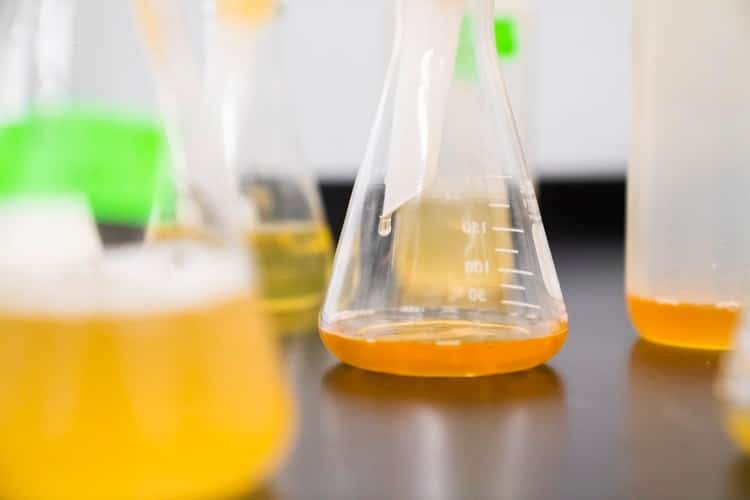While the “green” industry-standard of supercritical CO2 extraction still holds weight, there are several companies designing extraction technology that is not only effective but also clean and sustainable. With so many products in the cannabis space containing extracts (rather than raw cannabis itself), it’s worth looking into some of these technologies to get a sense of where the future is heading. [1]
Instant Controlled Pressure Drop Techniques
The Instant Controlled Pressure Drop method has several cost-effective benefits. With a humidified sample in an extraction vessel, the material is put through an initial pressure drop. In turn, the material is heated “under high saturated pressure (up to 1 MPa) and high temperature (up to 180 °C) for a short time (5 to 60 s), followed by an abrupt pressure drop to vacuum (3–5 kPa, Δt = 20–200 ms).”
This causes mechanical stress that vaporizes water and cools the material down. At the same time, it breaks down cells and discharges metabolites through cell walls. Being as the process uses water vapor as a solvent, it’s considered one of the “greenest” extraction processes. Not to mention, it requires less energy than other methods. This method is particularly relevant to essential oils and terpenes and may be more effective than steam distillation.
Extrusion Technology
The extrusion extraction process has become extremely popular in the food industry for its efficiency. Products can be developed in a timely manner and the quality remains the same with every batch produced.
Extrusion extraction involves the application of a product under pressure within a barrel. This product is then blended by firm screws, eventually coming out the other end through a grid. This is very similar to a chemical reactor in the sense that products are continuously under the pressure of “mechanical and thermal treatment.”
Modifying extrusion variables, such as temperature, screw type, and flow rate, allow the operator to control the consistency and shape of the product. The necessary ingredients vary depending on what you’re attempting to extract and the stage of the extraction process.
One aspect of the extrusion process that allows it to stand out is the fact that it can develop different textures of extraction—whether crispy, soft, or expansive. This method can be used to repurpose food waste and byproducts into novel, nutrient-rich creations.
References
[1] Chemat F, et al. A review of sustainable and intensified techniques for extraction of food and natural products. Green Chemistry. 2020;22(8):2325-2353. [Impact Factor: 9.480; Times Cited: 43 (Semantic Scholar)]











